Do you know how much you spend on various subscriptions on a monthly basis?
Patrick Bet-David highlights the huge advantages that the subscription-based business model has over the traditional business model.
The subscription economy is a relatively new phenomenon, with its origins dating back to the early 2000s. The first major subscription businesses were in the media and entertainment industries, such as Netflix and Spotify.
Check out the latest military line of merchandise today in the Valuetainment store!
Since then, the subscription economy has expanded to include a wide range of other industries, such as:
- Food
- Beauty
- Fitness
This growth is being driven by several factors, including the increasing popularity of online shopping, the growing demand for convenience, and the desire for businesses to build long-term relationships with their customers.
According to a report by McKinsey & Company, the percentage of companies offering a subscription service was just 1 percent in 2000. By 2020, that number had increased to 35 percent. The report predicts that the percentage of companies offering a subscription service will reach 50 percent by 2025.
Here is a chart showing the growth every five years since the year 2000.
| Year | % of companies |
| 2000 | 1% |
| 2005 | 5% |
| 2010 | 10% |
| 2015 | 20% |
| 2020 | 35% |
| 2025 | 50% |
According to a report by The Conference Board, the average consumer had 2.2 subscriptions in 2000. By 2020, that number had increased to 6.7 subscriptions. And, the report predicts that the average consumer will have 10.6 subscriptions by 2025.
| Year | Subs Per Customer |
| 2000 | 2.2 |
| 2005 | 3.4 |
| 2010 | 4.3 |
| 2015 | 5.5 |
| 2020 | 6.7 |
| 2023 | 10.6 |
Here are a few examples of the advantages of a subscription-based business:
Recurring revenue: Subscription businesses generate a steady stream of revenue, which can help to improve cash flow and reduce the risk of financial instability.
Customer retention: Subscription businesses tend to have higher customer retention rates than businesses that rely on one-time purchases. This is because subscribers are more likely to continue using a service if they are satisfied with the value they are receiving.
Data-driven insights: Subscription businesses collect a wealth of data about their customers, which can be used to improve the customer experience and make more informed business decisions.
Scalability: Subscription businesses are relatively easy to scale, as they can be easily replicated to new markets or product lines.
Challenges associated with this model
Churn: Subscription businesses can experience high churn rates if they do not provide a good value to their customers.
Competition: The subscription market is becoming increasingly competitive, which means that businesses need to find ways to differentiate themselves from their competitors.
Compliance: Subscription businesses need to comply with a variety of regulations, such as those related to data privacy and payment processing.
How big of a difference did the subscription strategy make for the early adopters?
Netflix: 1998 revenue was $1.8M, in 1999 it implemented the subscription model and revenue jumped to $14.4M, followed by $49.3M in 2000.
Spotify: 2010 revenue was $155M and revenue jump to $330M in 2011 after implementing the subscription model.
Amazon: 2004 revenue was $6.9 billion — 2005 revenue was $14.1 billion after implementing the subscription model.
Today, there are examples of this business model in nearly every industry. For example, Stitch Fix is a clothing business with 3.7 million subscribers, Dollar Shave Club has over 4 million subscribers, HelloFresh has 7.1 million subscribers.
The best part about this is that there are now platforms that give anyone the ability to start their own subscription based business with little to no startup cost. Examples in the media industry are websites like Patreon and Locals.
If you want advice on how to start your own subscription based business, Consult with Patrick Bet-David at Bet-David Consulting or Minnect.

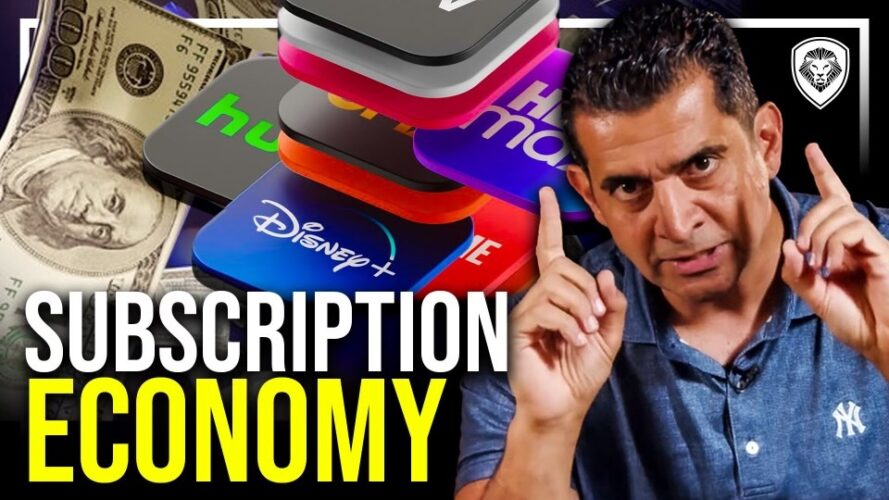










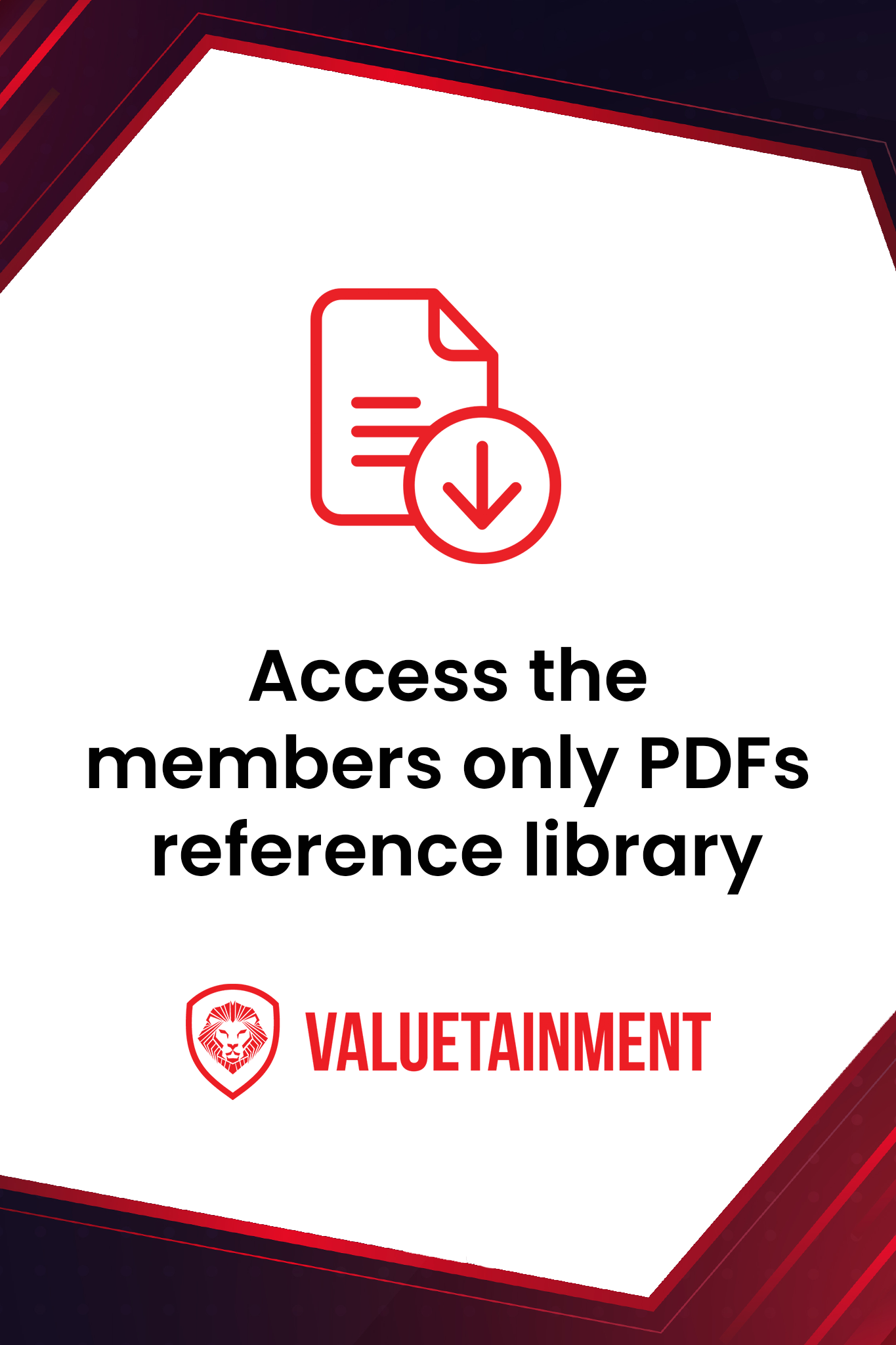

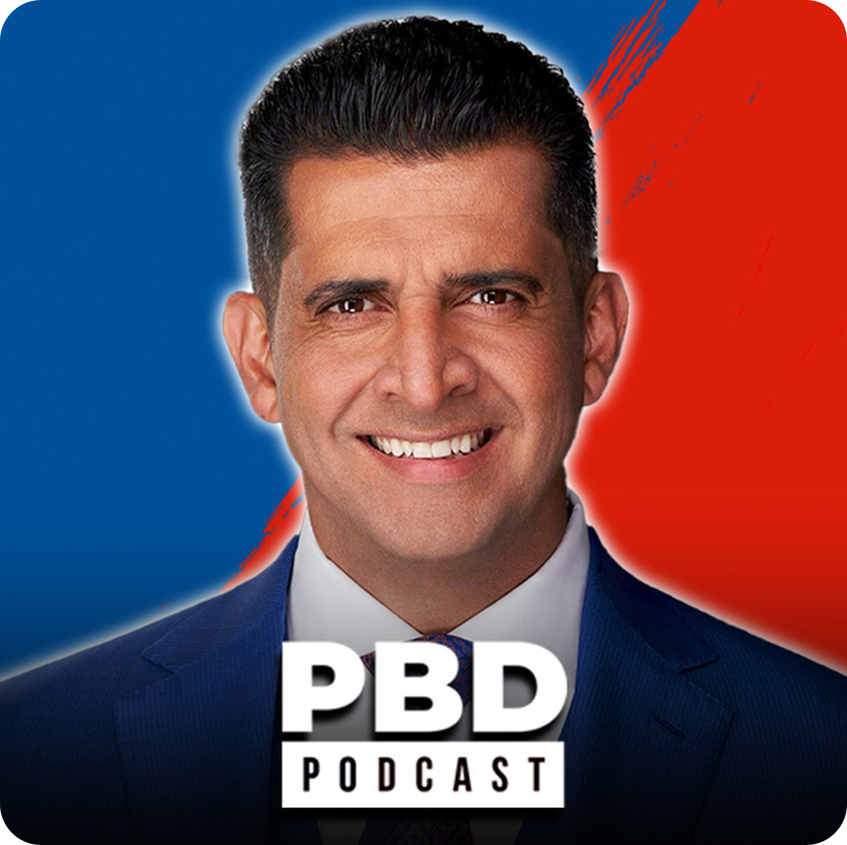

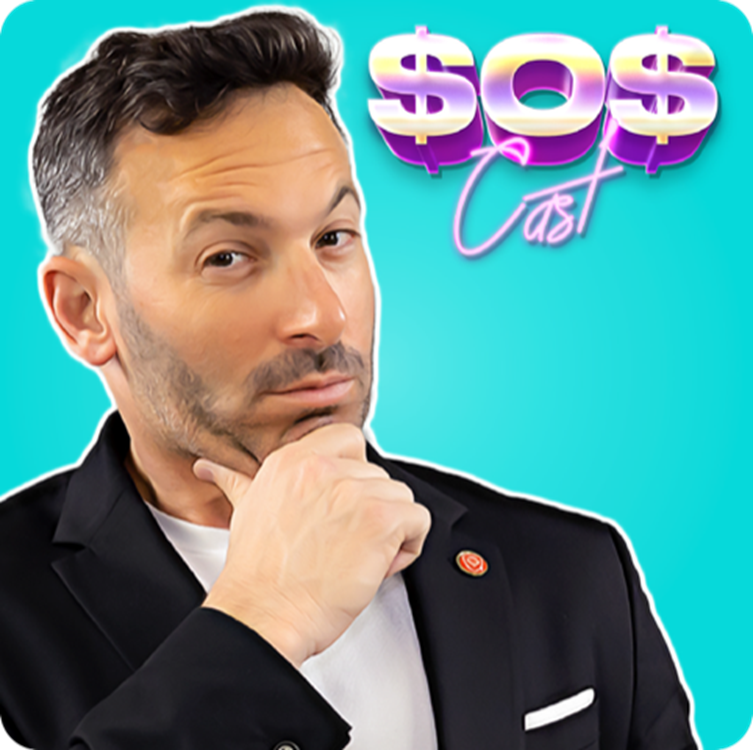
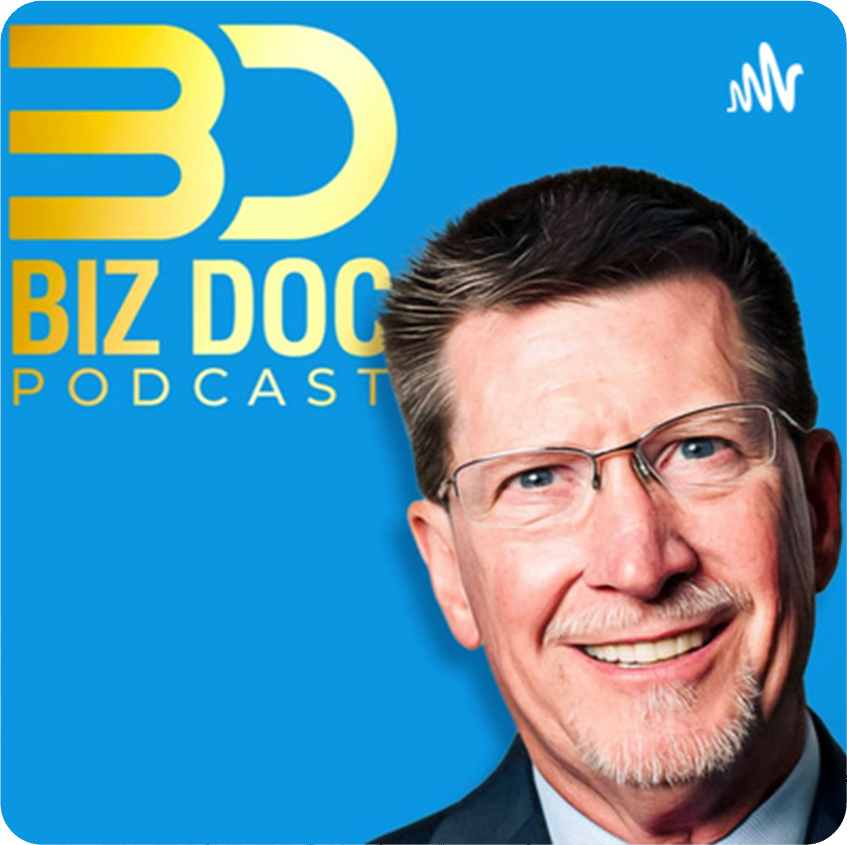
If you mean that a subscription economy is to buy a regular and periodic payment for a particular good or service look to your monthly power and telephone.
Extend that to products such as food.
Nothing new under the sun
What I object to is having to pay for a subscription payment for a software program that was a once-only payment.
I purchased MS Office 2010. It does what I need such as word processing.
What is the point for an annual subscription to Office365 when Office 2010 works fine?
Thank you,
Anthony of Sydney